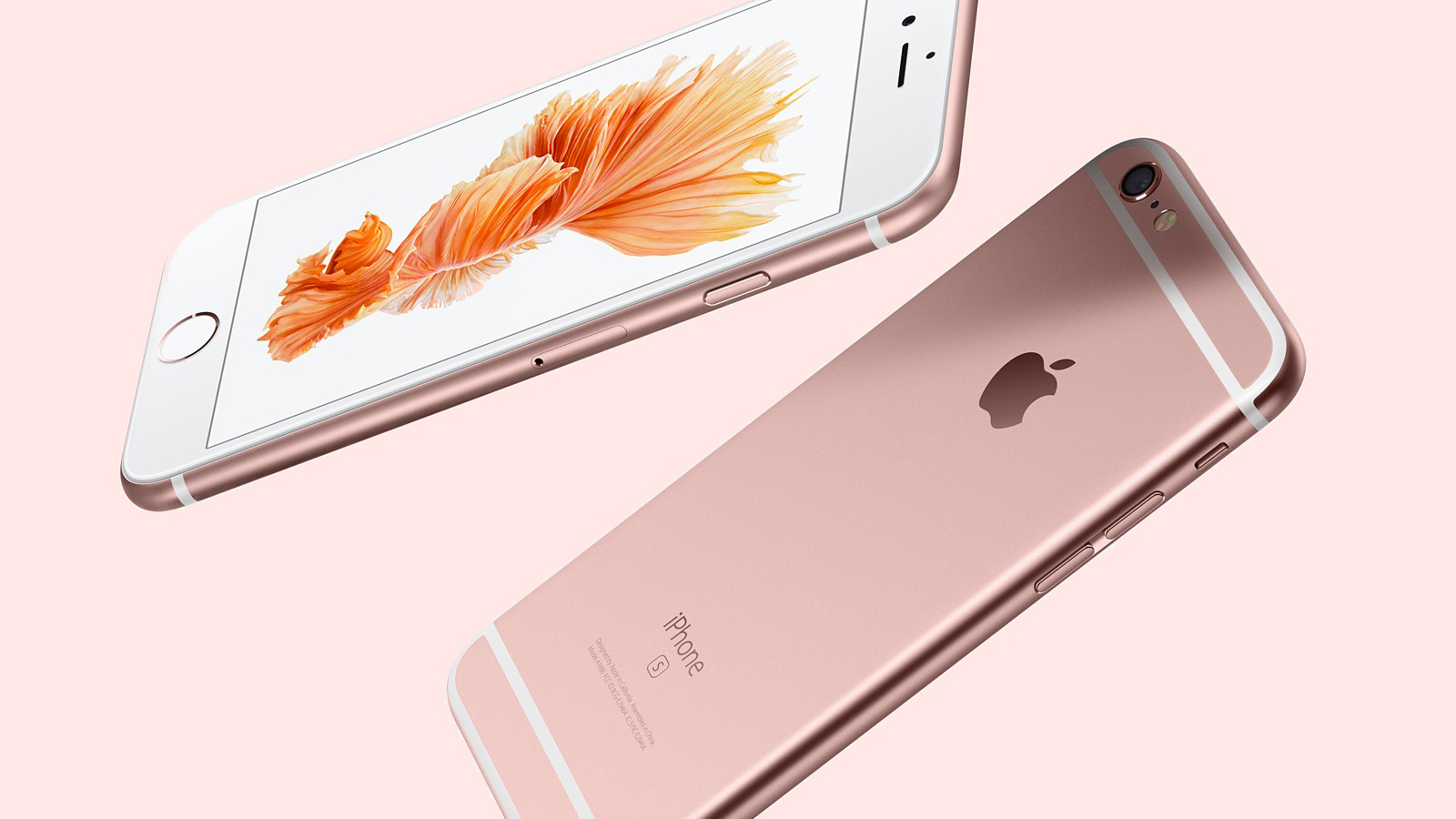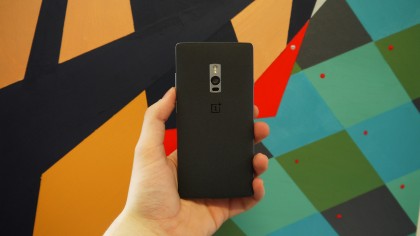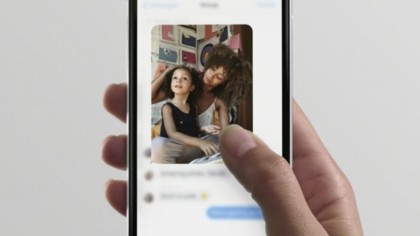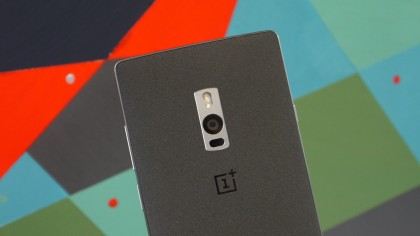iPhone 6S vs OnePlus 2
Can the flagship killer kill the world's biggest flagship?

The OnePlus 2 has been heavily billed as a 'flagship killer' and there's no bigger flagship than the iPhone 6S. Apple's latest superphone is set to take the world by storm and with a stylish metal build, smooth performance, a promising camera and impressive features, such as 3D Touch and Touch ID, it's no wonder.
The OnePlus 2 is no slouch either though, with powerful innards, a big screen, a fingerprint scanner and a comparatively low price. But is it really good enough to 'kill' the iPhone 6S?
Design
The OnePlus 2 has a better design than the OnePlus One, but there's still room for improvement. Its metal frame gives it a premium edge, but it's not quite the slimmest phone around at 9.9mm thick, while its back cover is a rough plastic affair.

It's certainly easy to grip, but it doesn't look or feel particularly great. Fortunately if you stump up a little extra cash there are some more exotic and interesting options you can swap it for, such as bamboo or Kevlar.
Apple almost never disappoints with its designs and while the iPhone 6S is rather similar to the iPhone 6 it still looks great. A slim 7.1mm metal unibody with curved edges ensures it looks and feels like a sleek flagship and it's clearly a better looking phone than the standard metal and plastic version of the OnePlus 2.
Display
The iPhone 6S has a 4.7-inch screen, which makes it fairly compact by flagship standards. That may appeal though and if you want something larger there's always the iPhone 6S Plus.
It's a 1334 x 750 screen, so it's fairly sharp and as usual from Apple you can expect good contrast and great colour reproduction.
Get daily insight, inspiration and deals in your inbox
Sign up for breaking news, reviews, opinion, top tech deals, and more.

The OnePlus 2 has a 1080p display, but it's a far larger 5.5-inch one, with a pixel density of 401 pixels per inch. It's a little sharper then but it's not the best screen we've ever come across. However it has good viewing angles and can be pumped up to a high brightness for improved outdoor viewing.
Power and performance
With a (likely dual-core) Apple A9 processor the iPhone 6S might not sound like a super powerful handset, but that's actually a significant upgrade over the iPhone 6 and that older phone has no problem running most apps and games.
The OnePlus 2 has a 1.8GHz octa-core Snapdragon 810 processor with either 3GB or 4GB of RAM, all of which leads to moderately impressive performance, though it can get a bit toasty during extended gaming sessions and the home button sometimes takes a moment to respond.
Camera
Apple almost always delivers an impressive camera and it certainly looks like it has with the iPhone 6S. The handset has a 12MP sensor on the back and a 5MP one on the front, which are big megapixel boosts over the great iPhone 6 camera.
We'll let you know in our review whether more megapixels have translated into better pictures, but we're hopeful that this will be a class leading camera.

The OnePlus 2's snapper is good but certainly not flagship killing. It has a 13MP sensor on the back and a 5MP one on the front, so similar to the iPhone 6S. Plus it benefits from optical image stabilisation and a laser autofocus to help you snap photos fast and reduce camera shake.
So far so good and in practice it can take decent pictures, especially impressing in low light conditions, but the results are generally good rather than great.
OS
The iPhone 6S ships with iOS 9, which takes everything good about iOS 8 and builds on it, including adding new features to Siri and Apple Maps. It's not a complete overhaul but it smooths off some of the few remaining rough edges in the OS.
James is a freelance phones, tablets and wearables writer and sub-editor at TechRadar. He has a love for everything ‘smart’, from watches to lights, and can often be found arguing with AI assistants or drowning in the latest apps. James also contributes to 3G.co.uk, 4G.co.uk and 5G.co.uk and has written for T3, Digital Camera World, Clarity Media and others, with work on the web, in print and on TV.